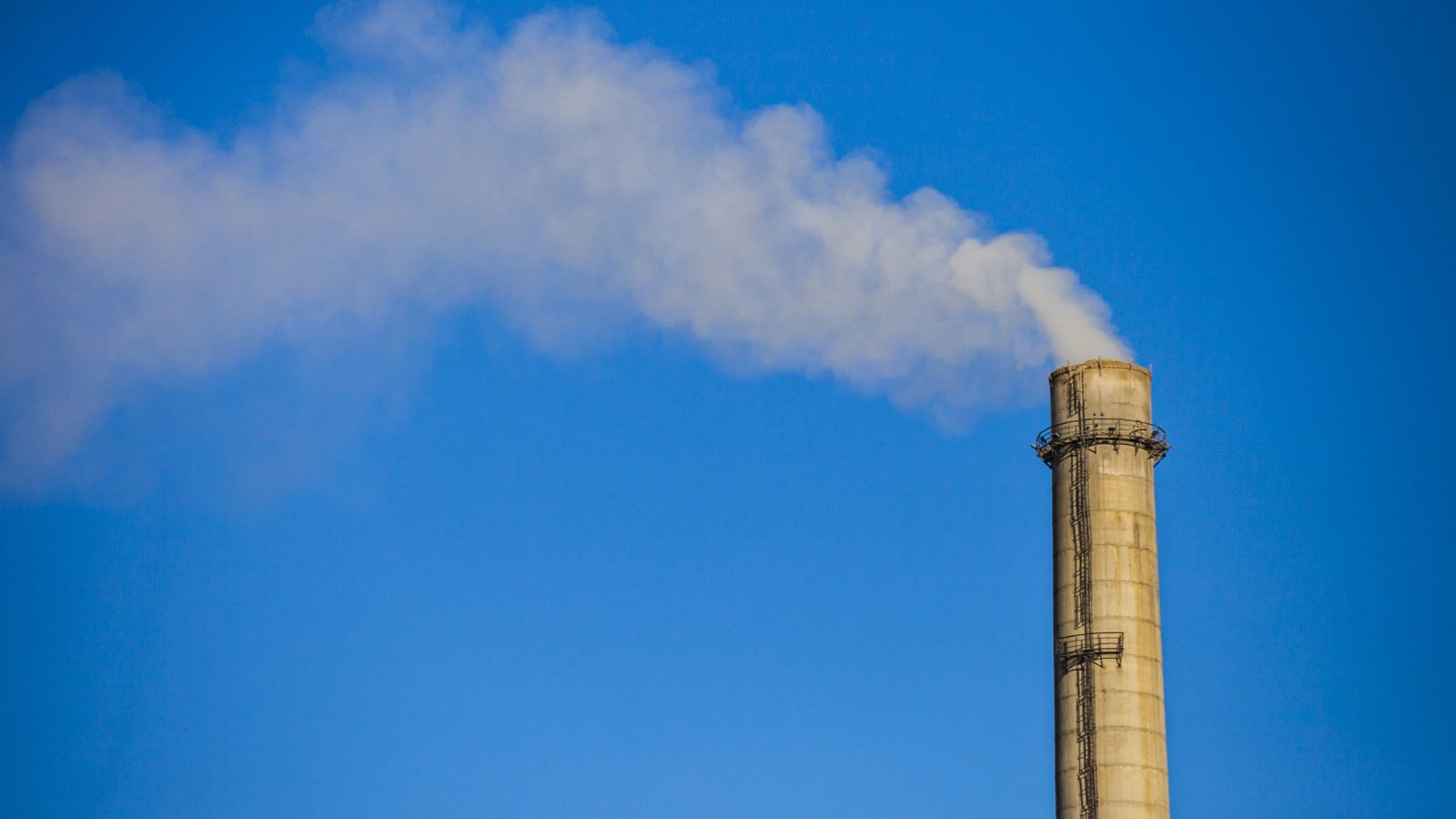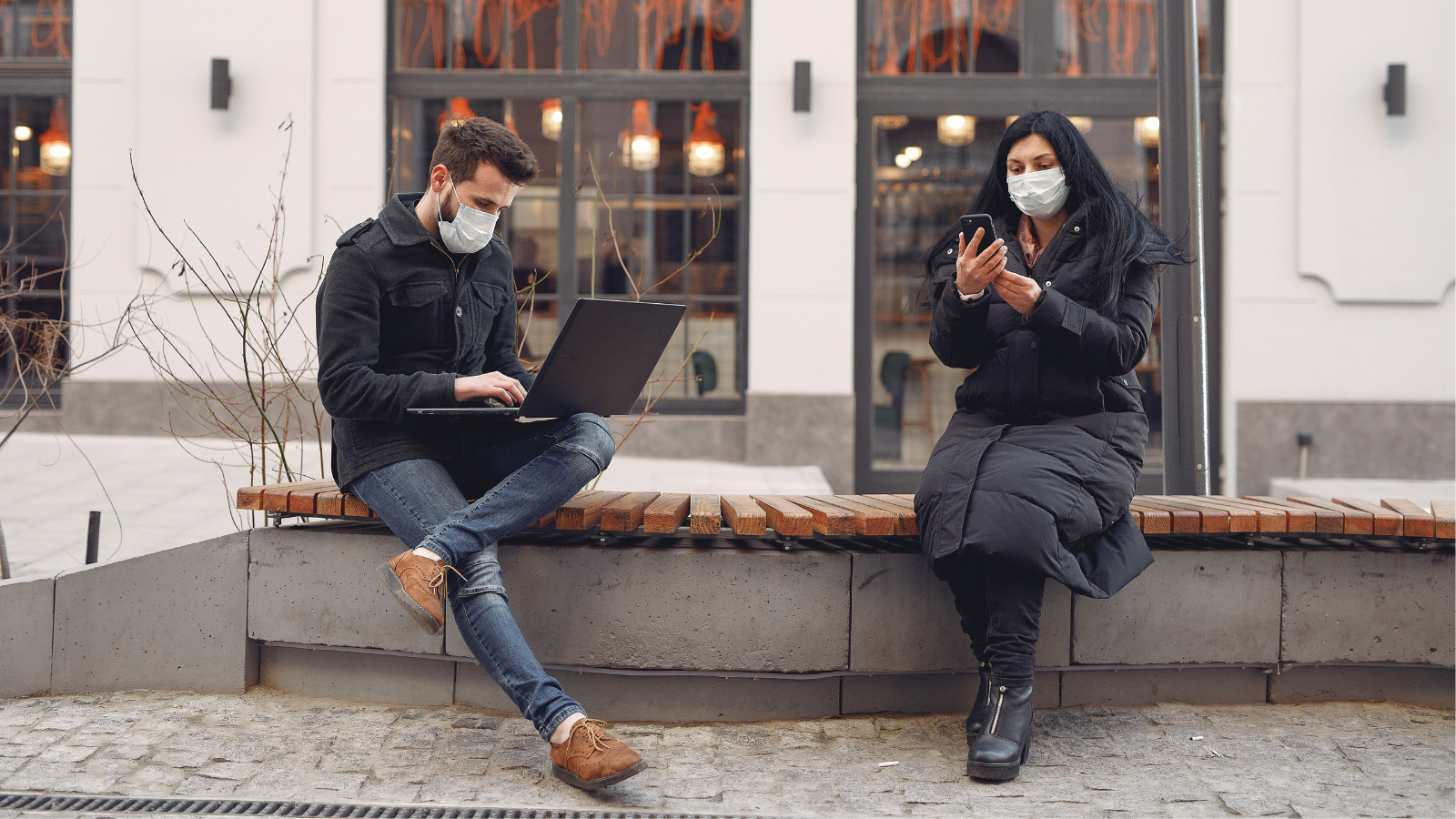
COVID-19 is bad. Dirty air makes it worse.
Several recent studies have suggested that air pollution may make COVID-19 infections more severe. These findings fit with previous research documenting how air pollution damages our bodies and makes us more vulnerable to infectious diseases. This new research should spur us to redouble our efforts to reduce air pollution.

Evidence from several countries suggests that exposure to air pollution increases the death rate from COVID-19. A Harvard study found that areas of the U.S. with higher levels of fine particulates had higher death rates from COVID-19. The study’s authors estimate that even moderately higher long-term levels of fine particulate pollution correspond to an eight percent higher death rate from COVID-19. A study in England observed a correlation between levels of nitrogen oxides and ozone and COVID-19 mortality. (Neither of these two studies has yet been peer reviewed.) Researchers studying COVID-19 in Italy observed that regions where COVID-19 has been most lethal are also places that suffer from some of the worst air pollution in Europe. They point out that air pollution inflames the lungs, which may leave patients more vulnerable. Based on observations like these, the World Health Organization has cautioned countries that polluted areas may be hit harder by the COVID-19 outbreak, and to prepare accordingly.
Findings that air pollution increases COVID-19’s severity are in line with existing information that air pollution generally increases vulnerability to respiratory infections. A 2003 study found that patients from regions of China with higher levels of air pollution were more likely to die from SARS, another disease caused by a coronavirus, than were patients from regions with better air quality. More generally, common air pollutants like particulates, ozone, nitrogen dioxide, carbon monoxide and sulfur dioxide make people more susceptible to catching respiratory viruses and make infections more severe.
Other research shows that people with health conditions that may be caused or worsened by air pollution seem to experience worse COVID-19 outcomes. An analysis of COVID-19’s impact on patients in China found that people with severe cases were more than three times as likely to have cardiovascular disease than people with mild cases. Patients with severe cases were also more than twice as likely to have respiratory disease. Both cardiovascular and respiratory disease can be caused by or exacerbated by air pollution.
Even before the novel coronavirus was a threat, a deep body of research confirmed that air pollution has devastating impacts on our health. Fine partic
ulate matter from sources such as vehicles and power plants was responsible for an estimated 107,000 premature deaths in the U.S. in 2011. Air pollution is linked to health problems including respiratory illness, heart attack, stroke, cancer and mental health problems.
We also have known for years that burning fossil fuels produces air pollution, and that to reduce pollution we need stronger emission rules and cleaner sources of energy. Though car traffic fell dramatically at the start of the coronavirus pandemic, ozone pollution hasn’t dropped nearly so much. According to an analysis of air pollution data by NPR, that’s because of fossil fuel combustion from other sources. Trucks, industrial facilities and power plants have continued to operate at close to normal levels, contributing to air pollution in communities across the country.
Unlike so many aspects of the threat from coronavirus, air pollution is a problem we know how to solve. Passenger vehicles today are as much as 99 percent cleaner than they were in the 1960s, because policymakers have insisted that automakers produce cleaner cars. Similarly, emissions from buses are dropping as leaders require that diesel buses be replaced with electric buses. Renewable energy standards, energy efficiency improvements and falling prices for wind and solar energy have helped to hasten the retirement of coal-fired power plants, reducing the amount of pollution released for electricity generation. Comparable policies can cut air pollution from other sources.
There were already plenty of reasons to seek to improve air quality. The coronavirus has just provided one more reminder of why we must do so urgently.
This blog was originally posted on https://frontiergroup.org
Photo: Baiterek Media via bigstockphoto.
Topics
Authors
Elizabeth Ridlington
Associate Director and Senior Policy Analyst, Frontier Group
Elizabeth Ridlington is associate director and senior policy analyst with Frontier Group. She focuses primarily on global warming, toxics, health care and clean vehicles, and has written dozens of reports on these and other subjects. Elizabeth graduated with honors from Harvard with a degree in government. She joined Frontier Group in 2002. She lives in Northern California with her son.
Find Out More

With $1,400 payments on the way, here’s what to do, and not do

PFAS Free & I’m Lovin’ It

COVID-19 vaccines, tests and treatments are peddled in new scams
